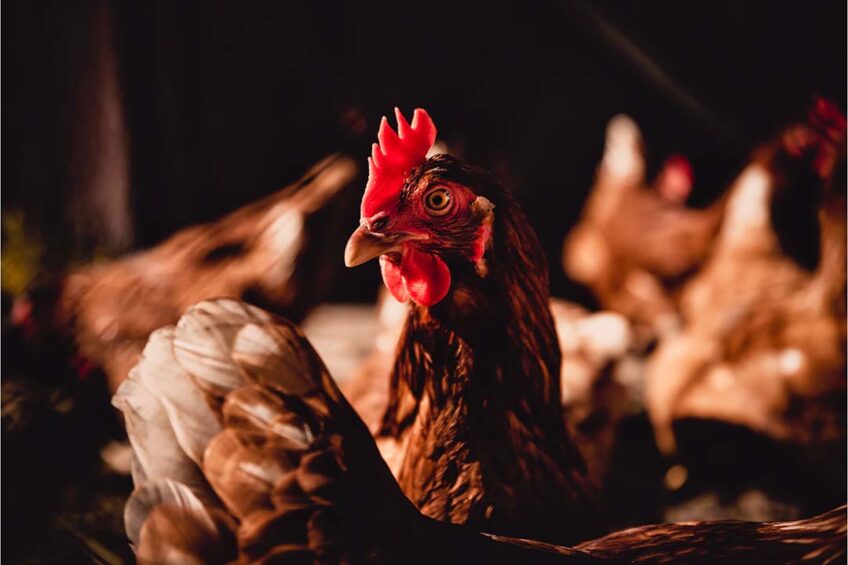Avian influenza: post-vaccination surveillance key

Post-vaccination surveillance is crucial for promptly detecting outbreaks of avian influenza and proving disease freedom, enabling the safe movement of birds. This is the key outcome of EFSA’s new scientific opinion, which also assesses risk mitigation options following emergency and preventive vaccination.
The European Food Safety Authority (EFSA) was asked to give an overview of effective surveillance options and risk reduction measures for avian influenza. Scientists assessed these measures and evaluated whether the available surveillance strategies could demonstrate freedom from the disease, thereby enabling the safe movement of poultry and related products.
“Our experts looked specifically at surveillance strategies for emergency and preventive vaccination scenarios, setting out the target species of poultry (layer chicken, turkey or duck), the number of animals to be tested, the diagnostic method, and the sampling period,” said a statement by EFSA.
Poultry type and flock size
In the case of emergency vaccination for highly pathogenic avian influenza (HPAI), the scientists concluded that surveillance schemes for the early detection of new outbreaks should consider the poultry type and flock size to be effective. If vaccination is preventive, to prove the absence of the disease monthly virological testing of up to 15 dead birds is recommended to safeguard the movement of poultry and related products. Also, both vaccinated and unvaccinated flocks should be subjected to passive surveillance.
Experts from the EU reference laboratory and EFSA worked closely to recommend the most appropriate diagnostic tests for surveillance according to vaccine type, vaccination strategy (i.e., emergency or preventive), and the scope of the surveillance. More sensitive methods should be used when the amount of virus in the blood is likely to be low due to vaccination.
Reduce the risk of virus transmission
“Vaccination is an important tool in the fight against avian influenza and is recommended as part of an integrated disease control approach. Nonetheless, there is a need to follow up with a strategic surveillance scheme and implement measures to reduce the risk of virus transmission,” said Frank Verdonck, head of EFSA’s Biological Hazards and Animal Health and Welfare Unit.
He added: “Maintaining a high level of biosecurity remains essential, even when vaccination is used. Raising awareness among farm owners and practitioners can help to ensure that any changes in poultry production or increased mortality are promptly reported and acted upon.”
Join 31,000+ subscribers
Subscribe to our newsletter to stay updated about all the need-to-know content in the poultry sector, three times a week. Beheer
Beheer











 WP Admin
WP Admin  Bewerk bericht
Bewerk bericht